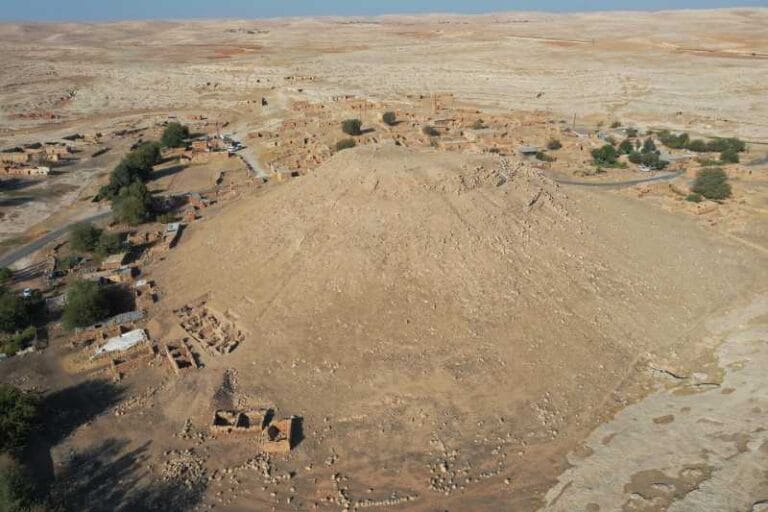The oldest evidence of Christianity north of the Alps.

Discovered in an ancient Roman cemetery in Nida, the predecessor of modern Frankfurt, this artifact features a Christian inscription dated between 230 and 270 AD, marking it as the oldest evidence of early Christianity north of the Alps.
The amulet was unearthed in 2018 in the tomb of a man buried with ritual objects, including an incense burner and a ceramic jug. However, the most extraordinary discovery was found beneath his chin: a phylacterium—a small silver capsule traditionally used to store sacred or protective texts. Inside, researchers uncovered a delicate rolled-up sheet bearing 18 lines of Latin inscription.
Using advanced computed tomography techniques at the Leibniz-Zentrum für Archäologie (LEIZA) in Mainz, the fragile sheet was digitally unrolled without causing damage. This breakthrough enabled scholars to decipher a text filled with unmistakable Christian references, including invocations to Jesus and phrases from Christian liturgy, such as “Holy, holy, holy” and “Every knee shall bow before Jesus.”
This discovery extends the material evidence of Christianity in the northern Alps region by at least 50 years. While historical texts had previously documented the existence of small Christian communities in Gaul and other Germanic provinces by the late 2nd century, archaeological evidence of Christianity in the region had not been dated earlier than the 4th century.

What makes this inscription unique is its entirely Christian nature. Unlike other ancient amulets, which often feature syncretic elements blending references to Judaism, paganism, or magical beliefs, this text reflects a pure devotion to Christianity—an uncommon characteristic for the 3rd century.
“This inscription is a true scientific sensation that rewrites the history of Christianity in our region and beyond. We are proud that the first Christian testimony north of the Alps comes from our city, especially during this Christmas season,” commented Mike Josef, Mayor of Frankfurt.
The text references Saint Titus, a disciple of Saint Paul, and includes quotes from the Christological Hymn in the Letter to the Philippians, indicating a deep theological understanding by its author. Professor Markus Scholz, a Latin inscriptions expert at Goethe University in Frankfurt, suggests that this points to the surprising early establishment of Christianity in the region.

Furthermore, the discovery highlights Nida’s significance as an administrative and cultural hub in the Roman Empire. Its strategic location near Mainz connected the city to various influences across the empire, providing a pathway for the introduction of advanced religious ideas and practices, including Christianity.
While it remains unclear whether the wearer of the amulet openly practiced their faith or kept it hidden, this artifact serves as a powerful reminder of how Christianity managed to spread, even in the face of persecution.
The “Silver Inscription of Frankfurt,” as it has been called, is not only a glimpse into the past but also a challenge for researchers, who will continue to investigate its significance in the years to come.






